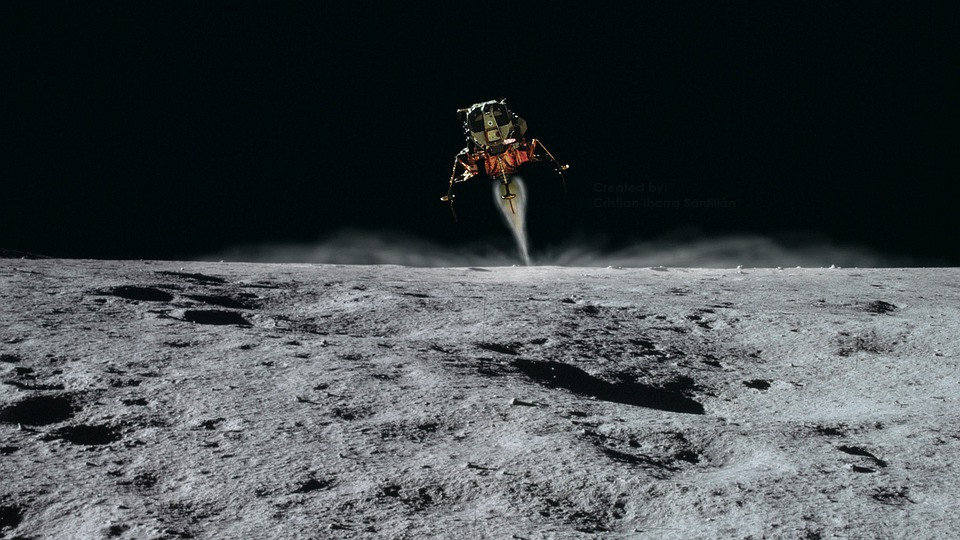How do you get the best ideas from a lot of people for something you need? You hold a contest. That is what NASA thought so too and they’re holding one to find the best robot drum design for their Mars mission. It’s called the RASSOR Bucket Drum Design Challenge.
What exactly is this challenge all about and what’s in store for the winner of such a contest? This competition is aimed at getting input from the many brilliant minds out there to help build the Regolith Advanced Surface Systems Operations Robot (RASSOR) bucket. This bucket will be used on the RASSOR robot for when it gathers lunar soil. Otherwise known as regolith, this soil has to be gathered by the robot without stirring up too much lunar dust and without any of the soil it gathers falling out.
NASA Moon to Mars mission introduction
Before you can understand why this challenge is something worth taking on, you will need to understand first what the NASA Moon to Mars mission is all about.
This mission is an exploration of both the moon and Mars by NASA in cooperation with international and commercial partners. The aim of this mission is to explore possibilities of human relocation and expansion across our solar system.
While NASA can easily send astronauts to the moon, they are still a long way from establishing a colony there. This mission is supposed to help them work towards that and to help create the possibility of lunar economies for their partner companies. This is where the need for better exploration equipment comes in.
NASA needs help in designing a robot to dig on the moon
Creating a robot that can dig on the moon and gather specimens that will be studied by NASA’s scientists is what this challenge is all about. Calling on others to help with this task is akin to crowdsourcing – where you get lots of people to contribute ideas and you get to pick the best one. The Bucket Drum Design Challenge is aimed at tapping ideas from people outside of NASA.
This comes after the space agency was able to hold similar successful challenges in the past. Previous design challenges put them in touch with engineers, designers, and students who have an interest in robotics and design via GrabCAD. This is why NASA announced this contest. This can help them get ideas for the RASSOR robot and for its possible redesign.
RASSOR robot Overview
RASSOR is built to help astronauts dig on the surface of the moon, and eventually, on Mars. The main objective is to establish a colony on both and they need a robot that can help settlers there to dig, collect soil samples, and many more. RASSOR is a unique machine that is versatile, scalable, and dependable. It is also low-gravity capable and is made of lightweight materials in a foldable design that meets NASA’s payload dimensions.
Challenges and solutions
Aside from difficulties in getting a moon lander on the surface of the moon as well as on Mars, creating the RASSOR came with its own set of challenges. The creation of RASSOR was no easy feat. These included the need to create a robot heavy enough to stay on the lower gravity of the moon while being compact enough to fit on any rocket.
Another challenge that comes with the creation of this robot is in its ease-of-operation and mobility. The RASSOR that NASA is currently testing for future use on Mars uses compact servo drives from Elmo Motion Control to help control the 10 axes it has. This allows for high-precision control and speed control of the arms and drum buckets of the robot, respectively.
RASSOR Bucket Drum Design Challenge
The need for ideas for the RASSOR’s new bucket drum is in line with NASA’s desire to have people on the moon and on Mars by 2030. A more efficient bucket drum will help gather more regolith that can be used to further investigate the surface of these two possible locations for an off-Earth installation. The sooner more information is gathered from the next moon mission, the sooner this dream can become a reality.
Entries for the Bucket Drum Design Challenge will be judged according to criteria that include fill ratio, diameter and length, drum mass, width of scoops, and many more. Winners of this contest will walk away with a total cash prize of $7,000, with the first placer bagging $3,000, second placer getting $2,000, and the third placer getting $1,000. Third and fourth runners-up will receive $750 and $250 respectively. Contest begins on March 16, 2020 and ends on April 20, 2020.
